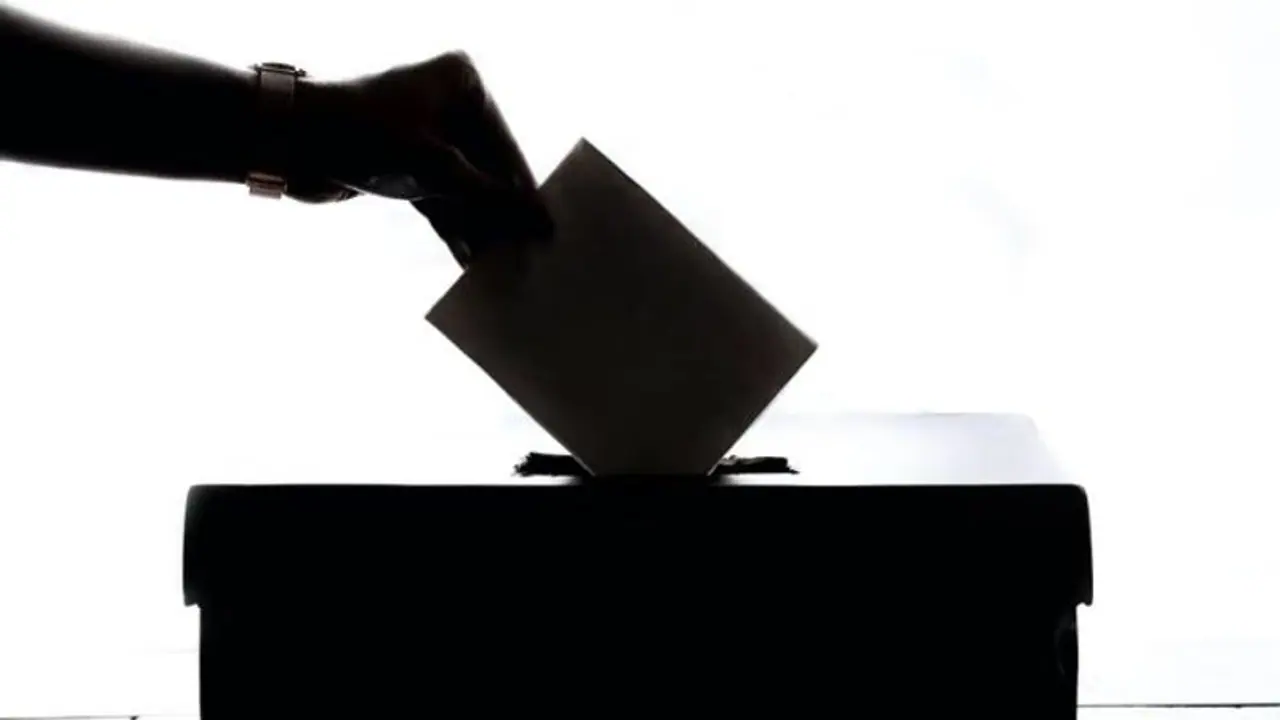The presidential election is held in accordance with the system of proportional representation in which every elector can mark as many preferences for candidates as are contesting the election. According to officials, the EVMs have not been designed to compute votes based on preference; it requires an altogether different technology.
Electronic Voting Machines, which were used in four Lok Sabha elections and 127 assembly polls since 2004, have not been deployed in polls to elect the President and Vice President of India and members of Rajya Sabha and state legislative councils.

Also Read: Special pen to mark vote in President election; here's all you need to know
That's because the EVMs have been developed to work as aggregators of votes in normal elections. In an EVM, voters pick their candidate from the list on the machine and press the button next to the name to cast their vote for the person. The candidate who secures the most number of votes is declared elected.
However, the presidential election is held in accordance with the system of proportional representation in which every elector can mark as many preferences for candidates as are contesting the election.
Also Read: Presidential election 2022: Uttar Pradesh MLAs' vote value highest, Sikkim's lowest
The elector needs to mark the candidates in order of preference by placing the numbers 1, 2, 3, and so on against the names of the candidates in the space provided in ballot paper's column 2.
In Monday's election, there are two candidates -- National Democratic Alliance-backed Droupadi Murmu and the Opposition-backed Yashwant Sinha.
Also Read: Who is Draupadi Murmu, the tribal leader in race to be President?
According to officials, the EVMs have not been designed to compute votes based on preference; it requires an altogether different technology.
The Election Commission, in the August 2021 edition of its quarterly magazine 'My Vote Matters', noted that since 2004, EVMs had been used in four Lok Sabha and 127 assembly elections.
First conceived in 1977 in the Election Commission, the Electronics Corporation of India Ltd. (ECIL), Hyderabad, was assigned the task of designing and developing EVMs. The first EVM prototype was developed in 1979, which the Election Commission demonstrated to political leaders on August 6, 1980.
Bengaluru-based Bharat Electronic Ltd, another public-sector undertaking, was co-opted along with ECIL to manufacture the voting machines after a broad consensus was reached on its introduction.
The machines were first used in the Kerala assembly election in May 1982. However, the Supreme Court struck down that election in the absence of a specific law prescribing its use.
Also Read: 10 things elected representatives should keep in mind while voting for India's next President
Subsequently, in 1989, Parliament created a provision for the use of EVMs in elections by amending the Representation of the People Act, 1951. But a general consensus on its rollout could be reached only in 1998. EVMs were then used in 25 assembly constituencies spread across Madhya Pradesh, Rajasthan and Delhi.
In the May 2001 assembly elections in Tamil Nadu, Puducherry, Kerala and West Bengal, EVMs were used in all assembly constituencies. Since then, the EC has used the EVMs for every state assembly election. In the 2004 Lok Sabha polls, over 10 lakh EVMs were used in all 543 parliamentary constituencies of the country.
Also Read: Who is Margaret Alva, Opposition's Vice President candidate?
Also Read: Race to Rashtrapati Bhavan: Stage set for Monday voting to elect 15th President
